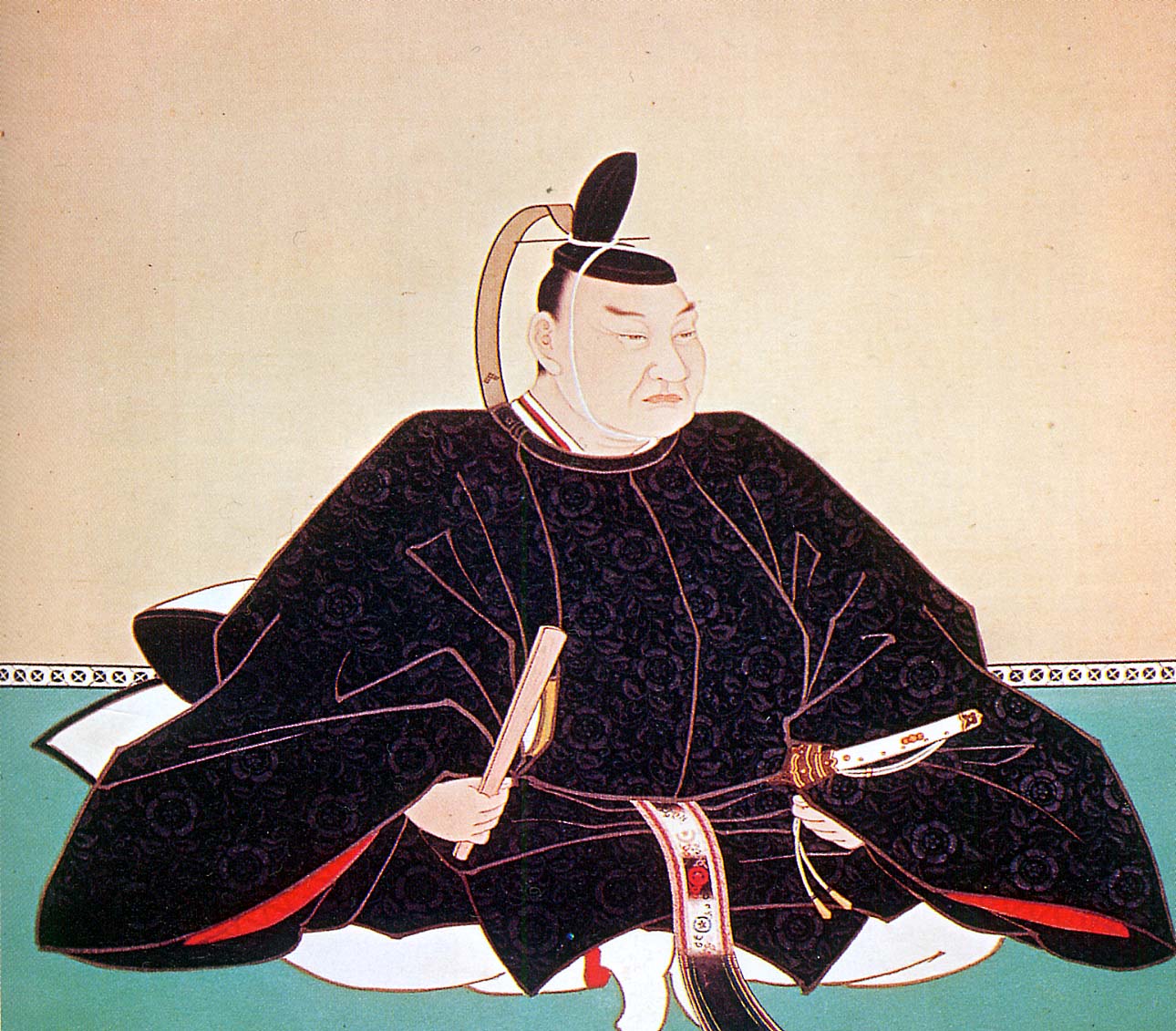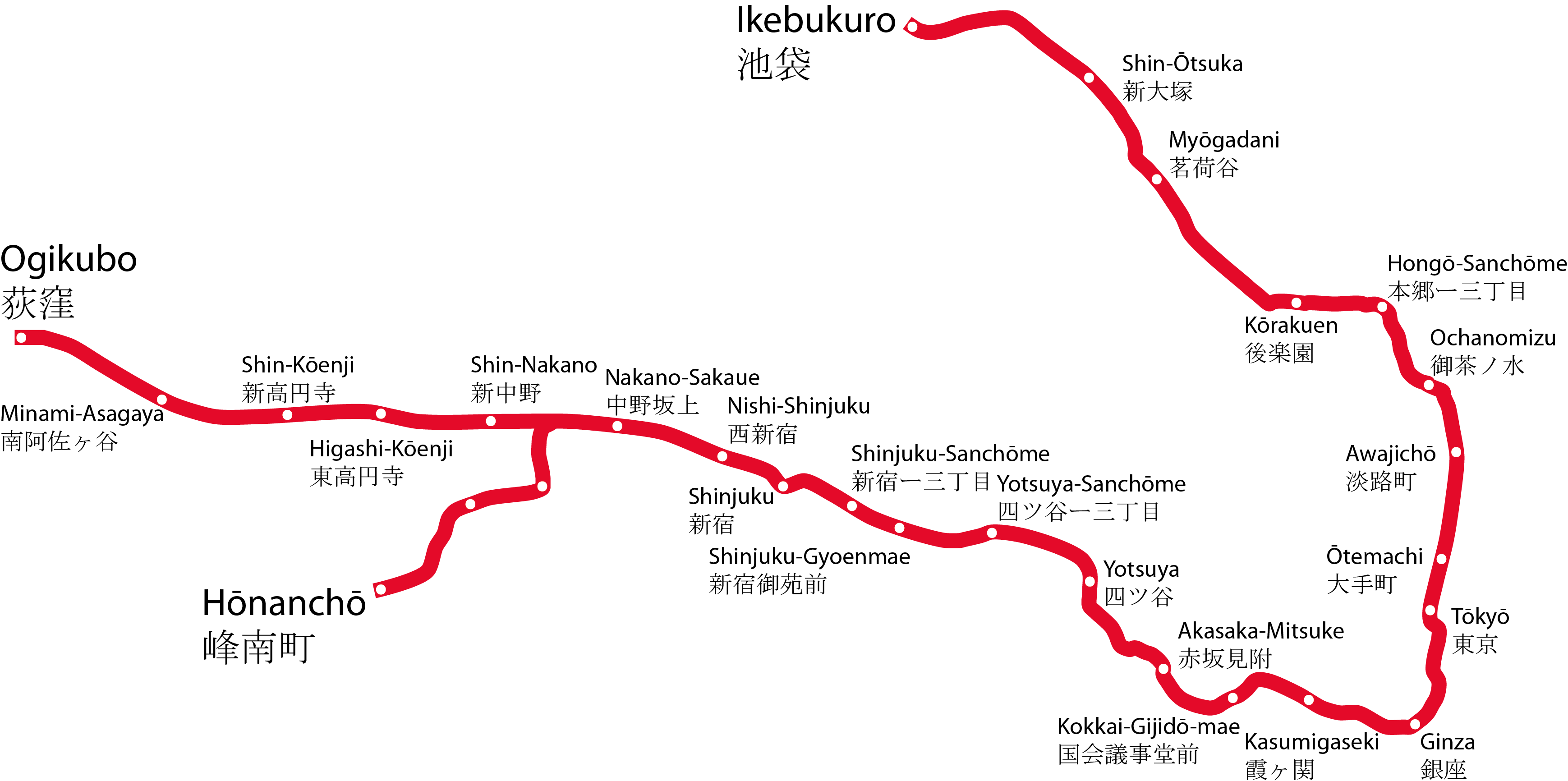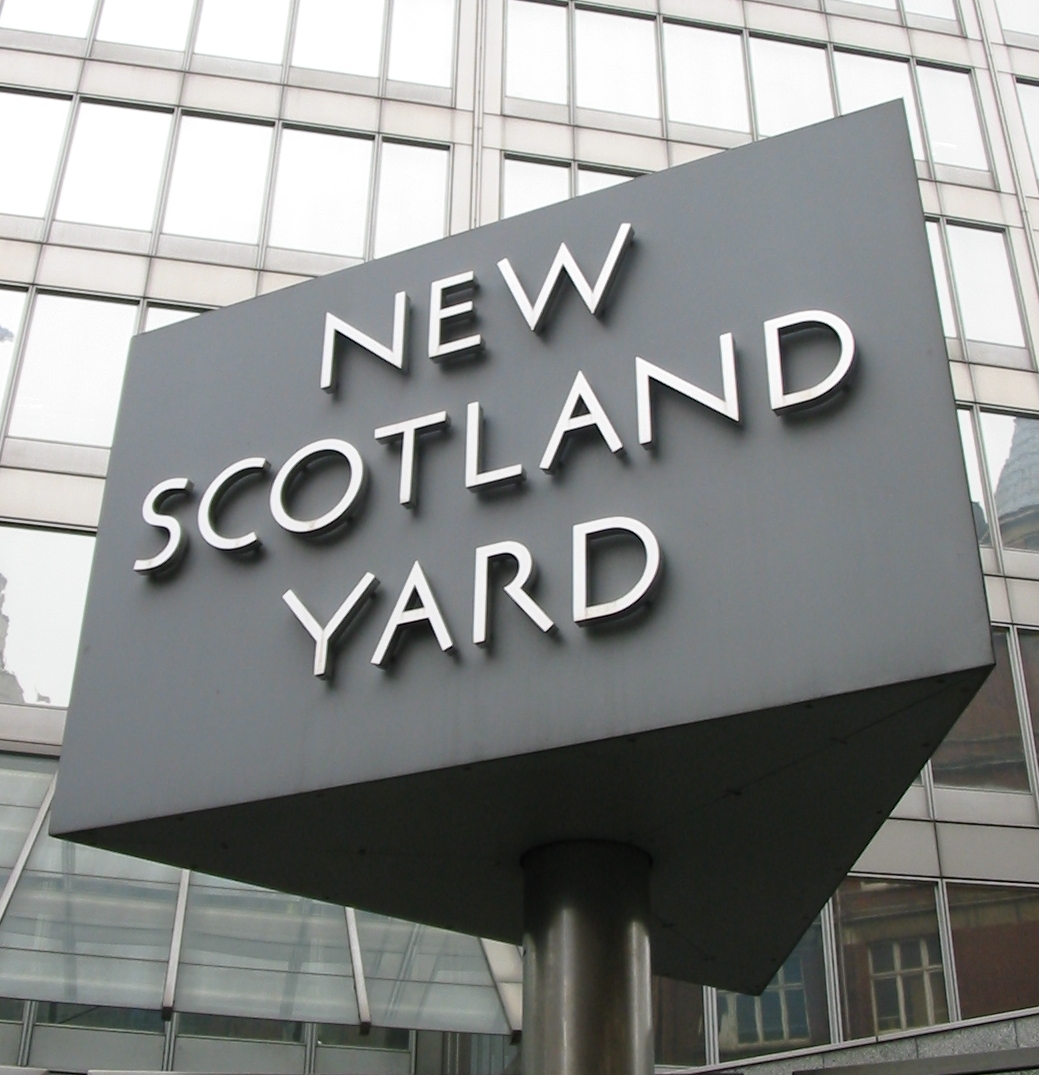|
Sakurada Gate
is a gate in the inner moat of Tokyo Imperial Palace, in Tokyo, Japan. It was the location of the Sakuradamon Incident (1860), Sakuradamon Incident in 1860, in which Tairō Ii Naosuke was assassinated outside the gate by samurai of the Mito Domain and Satsuma Domain. In 1932, it was the location of Sakuradamon incident (1932), another assassination attempt, when Korean independence movement, Korean independence activist Lee Bong-chang attempted to kill Emperor Hirohito as his procession passed through the gate. Opposite Sakurada Gate is the headquarters of the Tokyo Metropolitan Police Department (akin to London's Scotland Yard), which is also Metonym, metonymically called "Sakurada Gate". - Money post web(01/14/20 ... [...More Info...] [...Related Items...] OR: [Wikipedia] [Google] [Baidu] |
Sakuradamon Incident (1860)
The was the assassination of Ii Naosuke, Chief Minister (Tairō) of the Tokugawa shogunate, on March 24, 1860 by ''rōnin'' ''samurai'' of the Mito Domain and Satsuma Domain, outside the Sakurada Gate of Edo Castle. Context Ii Naosuke, a leading figure of the Bakumatsu period and a proponent of the reopening of Japan after more than 200 years of Sakoku, seclusion, was widely criticized for signing on behalf of the Tokugawa Shogunate the 1858 Treaty of Amity and Commerce (United States–Japan), Treaty of Amity and Commerce with the United States (negotiated by U.S. Consul to Japan Townsend Harris) and, soon afterwards, similar treaties with other Western countries. The Harris Treaty was signed by the Tokugawa Shogunate in defiance of Emperor Kōmei's instructions not to sign the treaty, thus branding the Shogunate as having betrayed the emperor and by extension, the country. From 1859, the ports of Nagasaki, Hakodate, and Yokohama became open to foreign traders as a consequen ... [...More Info...] [...Related Items...] OR: [Wikipedia] [Google] [Baidu] |
Hirohito
, Posthumous name, posthumously honored as , was the 124th emperor of Japan according to the traditional order of succession, from 25 December 1926 until Death and state funeral of Hirohito, his death in 1989. He remains Japan's longest-reigning emperor as well as one of the world's List of longest-reigning monarchs, longest-reigning monarchs. As emperor during the Shōwa era, Hirohito oversaw the rise of Japanese militarism, List of territories acquired by the Empire of Japan, Japan's expansionism in Asia, the outbreak of the Second Sino-Japanese War and World War II, and the postwar Japanese economic miracle. Hirohito was born during the reign of his paternal grandfather, Emperor Meiji, as the first child of the Crown Prince Yoshihito and Crown Princess Sadako (later Emperor Taishō and Empress Teimei). When Emperor Meiji died in 1912, Hirohito's father ascended the throne, and Hirohito was proclaimed crown prince and heir apparent in 1916. In 1921, he made an official visit ... [...More Info...] [...Related Items...] OR: [Wikipedia] [Google] [Baidu] |
Tokyo Metro Chiyoda Line
The is a subway line owned and operated by Tokyo Metro in Tokyo, Japan. On average, the line carries 1,447,730 passengers daily (2017), the second highest of the Tokyo Metro network, behind the Tozai Line (1,642,378).Tokyo Metro station ridership in 2010 ''Train Media (sourced from Tokyo Metro)'' Retrieved July 23, 2018. The line was named after the Chiyoda ward, under which it passes. On maps, diagrams and signboards, the line is shown using the color green, and its stations are given numbers using the letter "C". Overview The line serves the wards of[...More Info...] [...Related Items...] OR: [Wikipedia] [Google] [Baidu] |
Tokyo Metro Hibiya Line
The is a subway line in Tokyo, Japan, owned and operated by Tokyo Metro. The line was named after the Hibiya area in Chiyoda, Tokyo, Chiyoda's Yurakucho district, under which it passes. On maps, diagrams and signboards, the line is shown using the color silver, and its stations are given numbers using the letter "H". Overview The Hibiya Line runs between in Meguro, Tokyo, Meguro and in Adachi, Tokyo, Adachi. The line's path is somewhat similar to that of the Ginza Line; however, the Hibiya Line was designed to serve a number of important districts, such as Ebisu, Shibuya, Ebisu, Roppongi, Tsukiji, Kayabachō and Senju, which were not on an existing line. The Hibiya Line became the first line operated by Tokyo Metro to offer through train, through services with a private railway, and the second Tokyo subway line overall after the Toei Asakusa Line. It is connected to the Tobu Skytree Line at , and through services operate between Naka-Meguro and on the Tobu Skytree Line, an ... [...More Info...] [...Related Items...] OR: [Wikipedia] [Google] [Baidu] |
Tokyo Metro Marunouchi Line
The is a Rapid transit, subway line in Tokyo, Japan, operated by Tokyo Metro. The line runs in a U-shape between Ogikubo Station in Suginami, Tokyo, Suginami and Ikebukuro Station in Toshima, Tokyo, Toshima, with a branch line between Nakano-Sakaue Station and Hōnanchō Station. The official name is . The line was named after the Marunouchi business district in Chiyoda, Tokyo, under which it passes. On maps, diagrams and signboards, the line is shown using the color red, and its stations are given numbers using the letters "M" for the main line and "Mb" for the branch line. Overview The Marunouchi Line is the second line to be built in the city, and the first one constructed after the Second World War. The route is U-shaped, running from Ogikubo Station in the west of the city via the commercial and administrative district of Shinjuku through to the Marunouchi commercial center around Tokyo Station, before turning back and heading to Ikebukuro. Along with the Tokyo Metro Ginza ... [...More Info...] [...Related Items...] OR: [Wikipedia] [Google] [Baidu] |
Kasumigaseki Station (Tokyo)
is a subway station in Chiyoda, Tokyo, Japan, operated by the Tokyo subway operator Tokyo Metro. The station is located in the Kasumigaseki government district. Lines Kasumigaseki Station is served by the following three Tokyo Metro lines. * (M-15) * (H-07) * (C-08) Station layout The platforms for Marunouchi Line serving two tracks consist of one island platform and one side platform. One side of the island platform is closed off by a fence. The platform for the Hibiya Line is an island platform serving two tracks. The platform for the Chiyoda Line is an island platform serving two tracks. The platforms for the Chiyoda Line and the Marunouchi Line are not directly connected, and transferring passengers need to walk through the Hibiya Line platform, which takes about five minutes. Platforms File:Tokyo-metro Kasumigaseki-STA Platform2.jpg, Marunouchi Line platforms File:Tokyo-metro Kasumigaseki-STA Platform3-4.jpg, Hibiya Line platform File:Tokyo-metro Kasumigaseki-S ... [...More Info...] [...Related Items...] OR: [Wikipedia] [Google] [Baidu] |
Tokyo Metro Yūrakuchō Line
The is a rapid transit, subway line in Japan owned and operated by Tokyo Metro. The line connects Wakōshi Station in Wakō, Saitama and Shin-Kiba Station in Kōtō, Tokyo. On maps, diagrams and signboards, the line is shown using the color "gold", and its stations are given numbers using the letter "Y". The line was named after the Yūrakuchō business district in Chiyoda, Tokyo. The proper name as given in an annual report of the Ministry of Land, Infrastructure and Transport (Japan), Ministry of Land, Infrastructure and Transport is . According to the Tokyo urban transportation plan, however, it is more complicated. The line number assigned to the section south from Kotake-Mukaihara to Shin-Kiba is Line 8, but that north of Kotake-Mukaihara to Wakōshi is Line 13, which indicates the section is a portion of Tokyo Metro Fukutoshin Line, Fukutoshin Line which shares the same number. Services The Yurakucho Line runs generally northwest to southeast between Wakōshi Station in S ... [...More Info...] [...Related Items...] OR: [Wikipedia] [Google] [Baidu] |
Sakuradamon Station
is a subway station on the Tokyo Metro Yūrakuchō Line in Chiyoda, Tokyo, Japan, operated by the Tokyo subway operator Tokyo Metro. It is numbered Y-17. It is the closest train station to the Tokyo Imperial Palace, adjacent to the Sakurada gate. Lines Sakuradamon Station is served by the Tokyo Metro Yūrakuchō Line from in Saitama Prefecture to in Tokyo, and is located from the line's starting point at Wakōshi. Through services operate to and from the Tobu Tojo Line and Seibu Ikebukuro Line. Station layout The station consists of an island platform located on the second basement ("B2F") level, serving two tracks. Platforms History The station opened on 30 October 1974. Passenger statistics In fiscal 2013, the station was the least used on the Yūrakuchō line and the 128th busiest on the Tokyo Metro network with an average of 13,566 passengers daily. Surrounding area * Imperial Palace * Sakurada Gate * Tokyo Metropolitan Police Department - "Sakurada Gate" is als ... [...More Info...] [...Related Items...] OR: [Wikipedia] [Google] [Baidu] |
Metonym
Metonymy () is a figure of speech in which a concept is referred to by the name of something associated with that thing or concept. For example, the word "wikt:suit, suit" may refer to a person from groups commonly wearing business attire, such as salespeople or attorneys. Etymology The words ''metonymy'' and ''metonym'' come ; , a suffix that names figures of speech, . Background Metonymy and related figures of speech are common in everyday speech and writing. Synecdoche and metalepsis are considered specific types of metonymy. Polysemy, the capacity for a word or phrase to have multiple meanings, sometimes results from relations of metonymy. Both metonymy and metaphor involve the substitution of one term for another. In metaphor, this substitution is based on some specific analogy between two things, whereas in metonymy the substitution is based on some understood association or Contiguity (psychology), contiguity. American literary theorist Kenneth Burke considers metonymy ... [...More Info...] [...Related Items...] OR: [Wikipedia] [Google] [Baidu] |
Scotland Yard
Scotland Yard (officially New Scotland Yard) is the headquarters of the Metropolitan Police, the territorial police force responsible for policing Greater London's London boroughs, 32 boroughs. Its name derives from the location of the original Metropolitan Police headquarters at 4 Whitehall Place, which had its main public entrance on the Westminster street called Great Scotland Yard. The Scotland Yard entrance became the public entrance, and over time "Scotland Yard" came to be used not only as the common name of the headquarters building, but also as a metonym for the Metropolitan Police Service (MPS) itself and police officers, especially detectives, who serve in it. ''The New York Times'' wrote in 1964 that, just as Wall Street gave its name to New York's financial district, Scotland Yard became the name for police activity in London. The force moved from Great Scotland Yard in 1890, to a newly completed building on the Victoria Embankment, and the name "New Scotland Yard" ... [...More Info...] [...Related Items...] OR: [Wikipedia] [Google] [Baidu] |
Tokyo Metropolitan Police Department
The , known locally as simply the Metropolitan Police Department (MPD), is the prefectural police of Tokyo, Tokyo Metropolis, Japan. Founded in 1874, the TMPD is the largest police force in Japan by number of officers, with a staff of more than 40,000 police officers and over 2,800 civilian personnel. The TMPD is headed by a Superintendent-General, who is appointed by the National Public Safety Commission (Japan), National Public Safety Commission and approved by the Prime Minister of Japan, Prime Minister. It manages 10 divisions and 102 Police station, stations across the Metropolis. The TMPD's headquarters are located in Kasumigaseki, Chiyoda, Tokyo, Chiyoda, Tokyo. Built in 1980, it is 18 stories tall, and is a large wedge-shaped building with a cylindrical tower. The HQ building is located opposite of Sakurada Gate of Tokyo Imperial Palace, so it is also metonymically called "Sakurada Gate". History The TMPD was established by Japanese statesman Kawaji Toshiyoshi in 1874. ... [...More Info...] [...Related Items...] OR: [Wikipedia] [Google] [Baidu] |
Lee Bong-chang
Lee Bong-chang (; August 10, 1900 – October 10, 1932) was a Korean independence activist. In Korea, he is remembered as a martyr due to his participation in the 1932 Sakuradamon incident, in which he attempted to assassinate the Japanese Emperor Hirohito with a grenade. Early life Lee was born on August 10, 1900, in Hyochang-dong, Yongsan District, Seoul, Korean Empire. He was born into the Jeonju Yi clan, to father Lee Chin-ku. He had an older brother, Lee Pŏm-t'ae. His family was so poor that as soon as he graduated from elementary school, he began working. Around 1917, he worked in a shop owned by a Japanese person, but was fired in 1919. In 1920, he worked as an apprentice railroad engineer. However, as an ethnic Korean, he received poor pay and was not promoted for years. He decided to move to Japan to seek better opportunities, and resigned from his job in April 1924. In September 1924, he founded and led an anti-Japanese resistance group. Move to Japan He and h ... [...More Info...] [...Related Items...] OR: [Wikipedia] [Google] [Baidu] |







